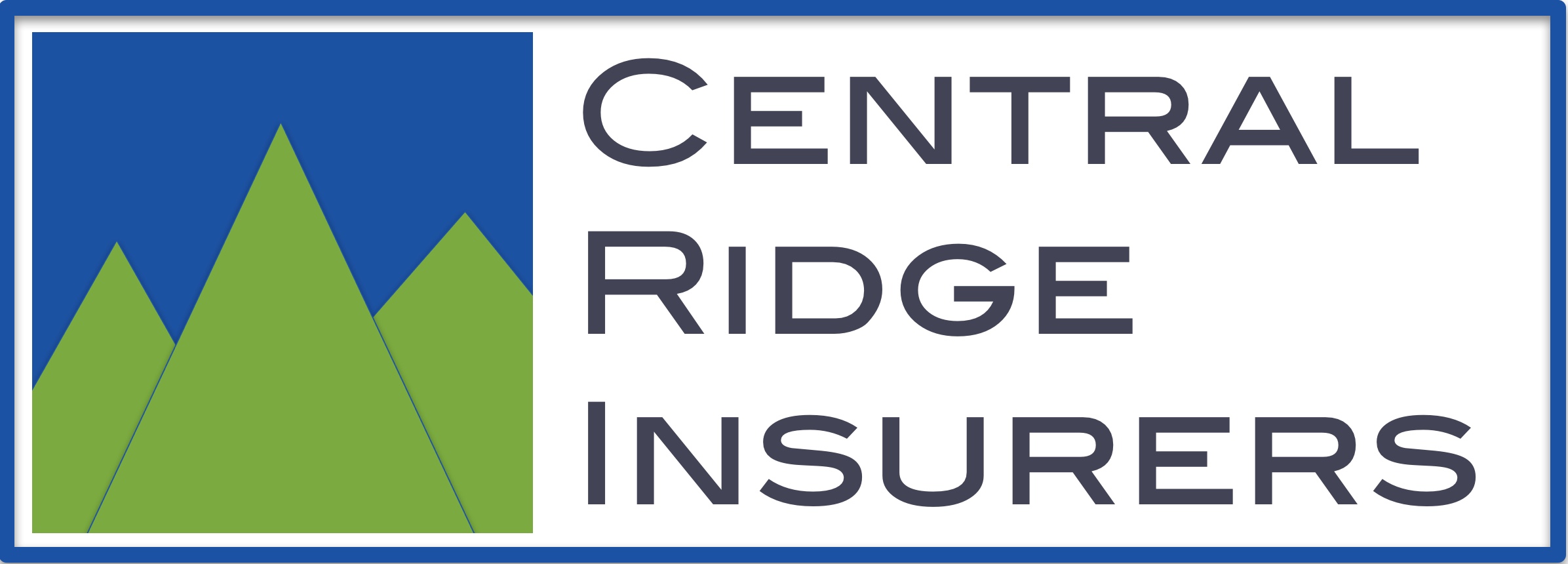I might get a discount on my homeowners insurance
What is a wind mitigation report? Do I need one? Never heard of it or are scared of it just by the sound of its name alone. Well it’s nothing to be afraid of, in fact it’s something you should embrace. Wind mitigation for the lack of being intimidating with the definition is how a house is built especially the roof design. It lowers the risk of damage during a storm. Now that I explained wind mitigation in layman’s term, below is the non sexy definition.
Wind mitigation, also known as windstorm mitigation, is building structures using layouts and plans that will prevent possible damage caused by high winds. This building philosophy is popular in areas where storms, tornadoes and hurricanes are likely to occur.
The components that make up a wind mitigation are:
- Roof Covering: inspectors want to know when the roof was installed and does if it meets building codes. In Florida, the code standard was updated in 2001.
- Roof Deck Attachment: inspectors will determine what type of roof decking is used and how it’s attached to the underlying structure, like if it’s nailed or stapled down. If nails are used, nail length and spacing between each will also be noted.
- Roof to Wall Attachment: the roof attachments become the focus here: are trusses attached with nails or hurricane clips? Are the wraps single or double? The more secure your roof, the better impact on your wallet!
- Roof Geometry: is your roof hip or not? Nope, the inspector won’t care how cool it is, just how it’s shaped – a hip roof resembles that of a pyramid, and is a definite qualifier for a discount.
- Gable End Bracing: if the roof is a gable style, an inspector will review if the gable ends are braced to Florida Building Code standards. Gable ends measuring more than 48 inches tall should be braced for reinforcement, and inspectors will be checking for this qualification for discount.
- Wall Construction Type: Inspectors will review the construction materials used on your home for framing, reinforcement, and outer fascia, and at what percentages. Steel reinforced concrete block homes may yield a better discount than one with a plywood-only frame and plastic siding.
- Secondary Water Barrier: This is a newer item for roofs. If your roof was installed or upgraded before 2008, it’s fairly unlikely you’ll have this sort of barrier. As with most newer features, photo documentation, at a minimum, will be required for a discount in this area.
- Opening Protection: Here, inspectors are looking for shutters and installed-protection devices from wind-born debris for doors and windows. They will also be checking the rating of the devices, if you have them (as in- are they hurricane-rated?). 100% of all openings need to be covered with Hurricane rated protection to qualify for this discount.
So I’m guessing you asking yourself what does this all mean. The good news is your homeowners insurance might qualify for a discount if some of these requirements are met. How do i get these discounts? You will need a certified inspector to come to your home and do an inspection. He will put his finding in a wind mitigation report which we (Central Ridge Insurers) will pass along to the insurance company to see which credits can be applied towards your premium.
Just think about what you could do with a little extra money in your pocket. The State of Florida requires insurance companies to offer discounts for protecting your home against damage caused by windstorms. These discounts are known as Wind Mitigation Credits and are offered after a certified inspection is done to your home. Come speak with us so we can explain the wind mitigation report process and if we can apply for a discount on your premium.
Learn more at https://www.nachi.org/wind-mitigation.htm
Contact us for help understanding a wind mitigation effect on your home
